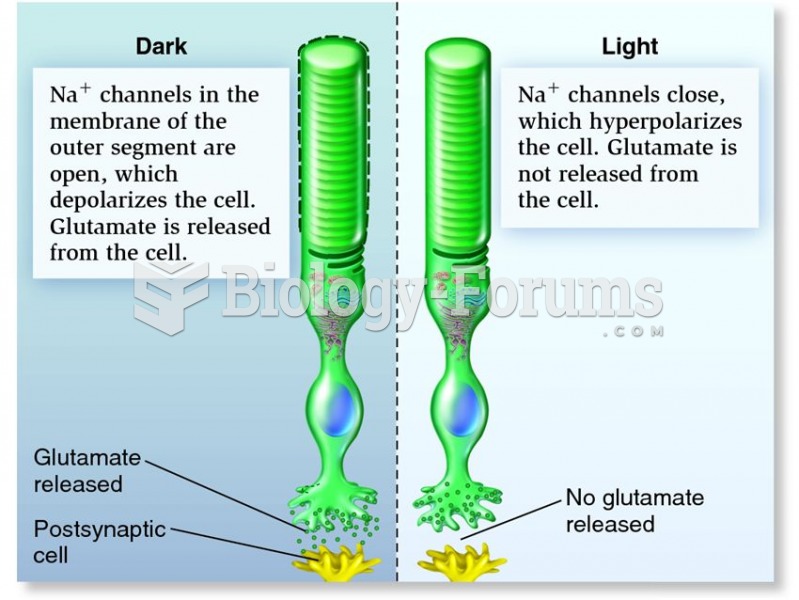This topic contains a solution. Click here to go to the answer
|
|
|
Did you know?
In Eastern Europe and Russia, interferon is administered intranasally in varied doses for the common cold and influenza. It is claimed that this treatment can lower the risk of infection by as much as 60–70%.
Did you know?
Amphetamine poisoning can cause intravascular coagulation, circulatory collapse, rhabdomyolysis, ischemic colitis, acute psychosis, hyperthermia, respiratory distress syndrome, and pericarditis.
Did you know?
The U.S. Preventive Services Task Force recommends that all women age 65 years of age or older should be screened with bone densitometry.
Did you know?
The ratio of hydrogen atoms to oxygen in water (H2O) is 2:1.
Did you know?
The first war in which wide-scale use of anesthetics occurred was the Civil War, and 80% of all wounds were in the extremities.
 If sociologists were to study land diving on Pentecost Island in Vanuatu, they could use a variety ...
If sociologists were to study land diving on Pentecost Island in Vanuatu, they could use a variety ...
 The Six Major Divisions of Biopsychology, with Examples of How They Have Approached the Study of ...
The Six Major Divisions of Biopsychology, with Examples of How They Have Approached the Study of ...
 The Z lens, which was developed by Zaidel to study functional asymmetry in split-brain patients. It ...
The Z lens, which was developed by Zaidel to study functional asymmetry in split-brain patients. It ...




